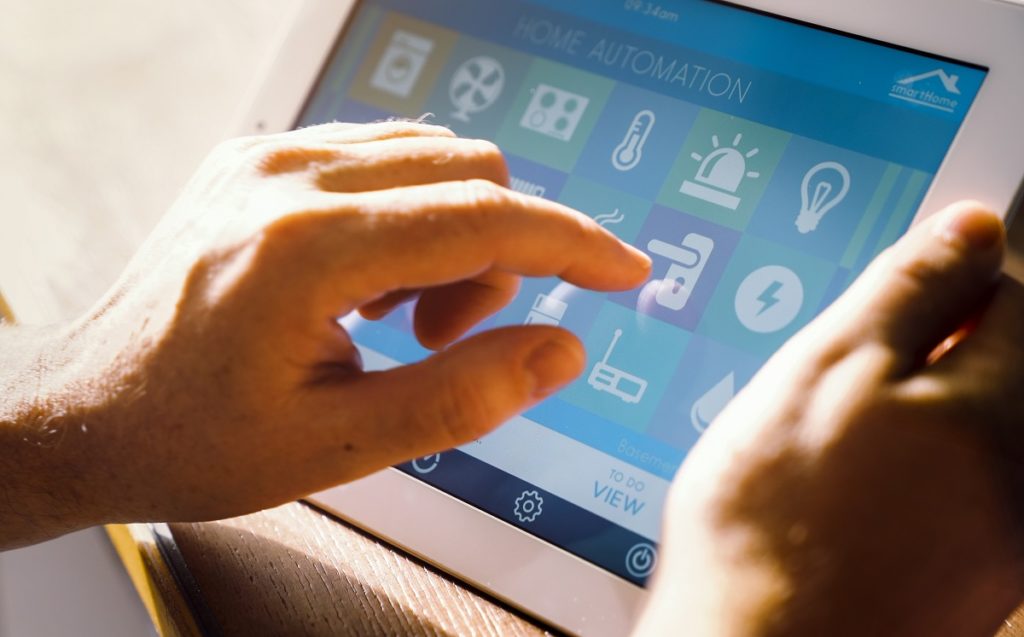With about 8 % of Americans admittedly recognizing the advantage of technology in our lives, innovative home systems are genuinely becoming extremely advanced to cater to our growing need for comfort and convenience. Moreover, according to an earlier prediction, an average house would have more than 500 smart gadgets by 2022, signaling the beginning of a new era.
The question is, what exactly does a “smart house” include, and is it truly superior to the traditional ones that we have? While it’s a question with a complex response, a great place to begin is to dispel some frequently held smart home misconceptions.
Myth #1: It’s too expensive for me!
One of the most common misunderstandings regarding smart home automation is that it is prohibitively expensive. About 36% of consumers believe that the cost of buying smart home equipment is the most significant obstacle to buying and adopting these technologies in their lives. The fact is, smart home gadgets can help you save money.
70% of families using smart energy devices indicate that they save more money on their energy bills from using them. With possibilities becoming more available than ever, there is already a wide selection of platforms and operating systems available that may be tailored to suit various budgetary constraints. For example, using energy-saving lights, controls, and heaters, as well as installing motorized window coverings, lead to significant savings on your electricity costs while making your house more energy-efficient.
Myth#2: It’s too difficult to understand
Some people are put off by modern technology essentially because it appears to be far too complex and high-tech.
Although it is vital to stay inside your comfort zone to some extent, there are several alternatives available now that are more straightforward and user-friendly. Keeping up with innovation with the many options accessible is an excellent approach to discover which services could be the ideal fit for your needs and preferences. Additionally, reading customer reviews also assist in narrowing the available alternatives.
Moreover, keep in mind that although many software and tools are functional, others are incompatible with specific ports. To make life simple, regulate and maintain the quality of service for your devices, choose a single brand and stick with it across your house or place of business. A centralized hub eliminates misunderstanding and unneeded complexity.
Myth #3: It invades my personal space.

There is a persistent fear that introducing technology into a person’s home or workplace would violate their privacy.
For instance, because voice-activated gadgets are set to listen to what customers are saying, many people are concerned that their discussions are being monitored or taped and could result in a sticky situation later on. Note that remotes, applications, or sensors can control most software and systems, so you don’t have to limit yourself to software that uses voice recognition, especially if it makes you uncomfortable.
Another primary source of concern is the possibility that confidential data will be published or distributed without the consumer’s consent. While there is substance to this argument, large tech giants go to considerable lengths and take numerous steps to secure their intellectual data to protect themselves, and their client’s as well.
Additionally, many measures have been put in place to assist defend against and mitigate the consequences of such data breach.
Myth #4: It is constantly shifting.
Because technology is constantly expanding and evolving, the notion that new smart home gadgets will emerge soon takes consumers back. They fear that they’d have to upgrade or even buy the latest model to keep up with the system, which will eventually hurt their budget.
However, just because there are the latest variants available in the market today does not mean you are obliged to buy them immediately or that the new ones are significantly better. Consider researching technological developments that can assist you in determining which goods and brands will provide the most value for your money.
It is even more advantageous to purchase gadgets that have been on the market for an extended period since there will be better-detailed information and customer reviews available. Additionally, the prices are much lower, and you may even score some great discounts.
Nowadays, home intelligence extends well beyond the use of a stopwatch and is more readily available than ever before in terms of functionality. However, know that you are not required to automate it all at the same time. Start gently and incorporate a few useful smart gadgets fit for your lifestyle and environment. As time progresses, other components can be included in the system as desired. An intelligent home should be filled with your favorite items and run at optimum efficiency, making your life easier.
